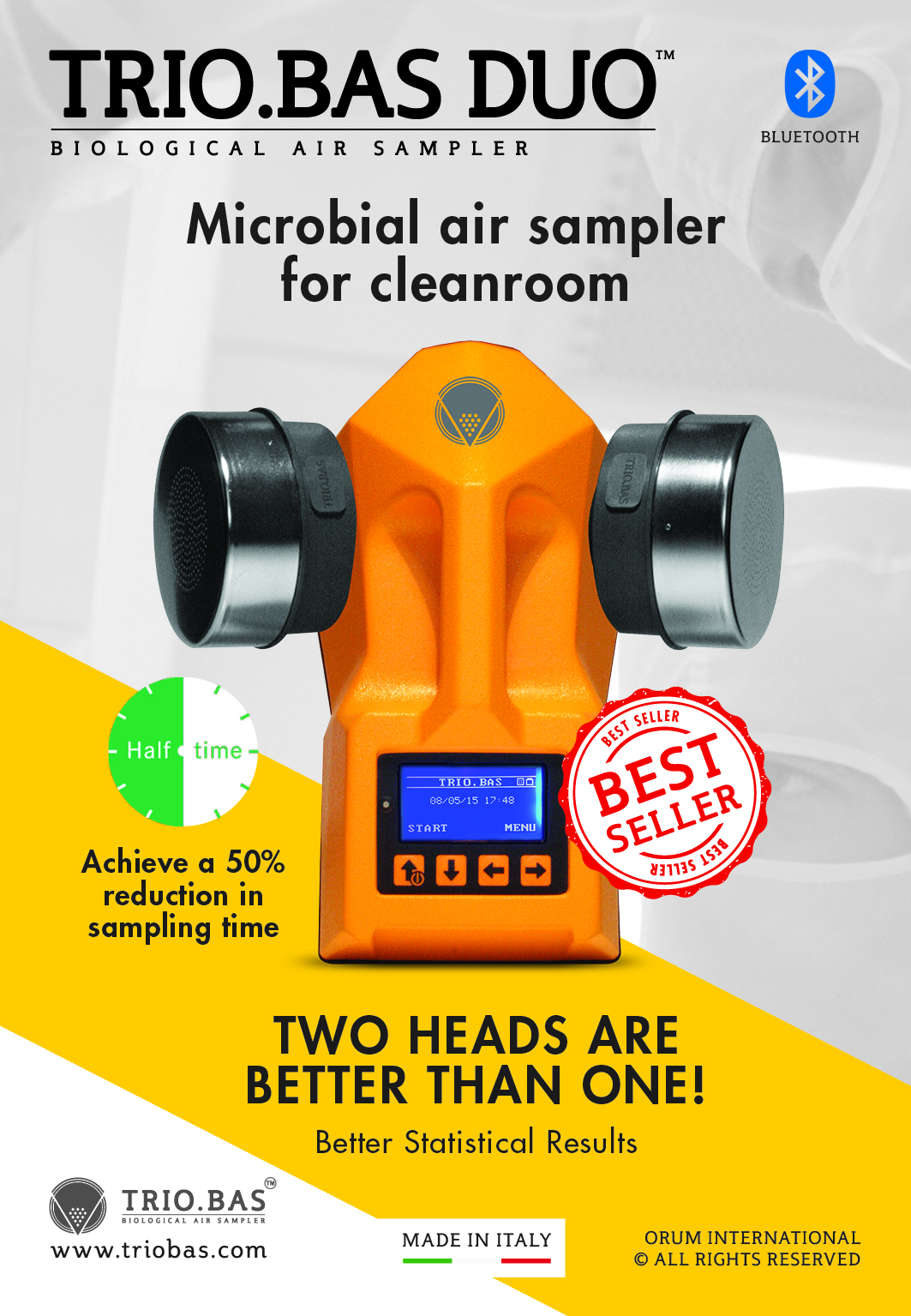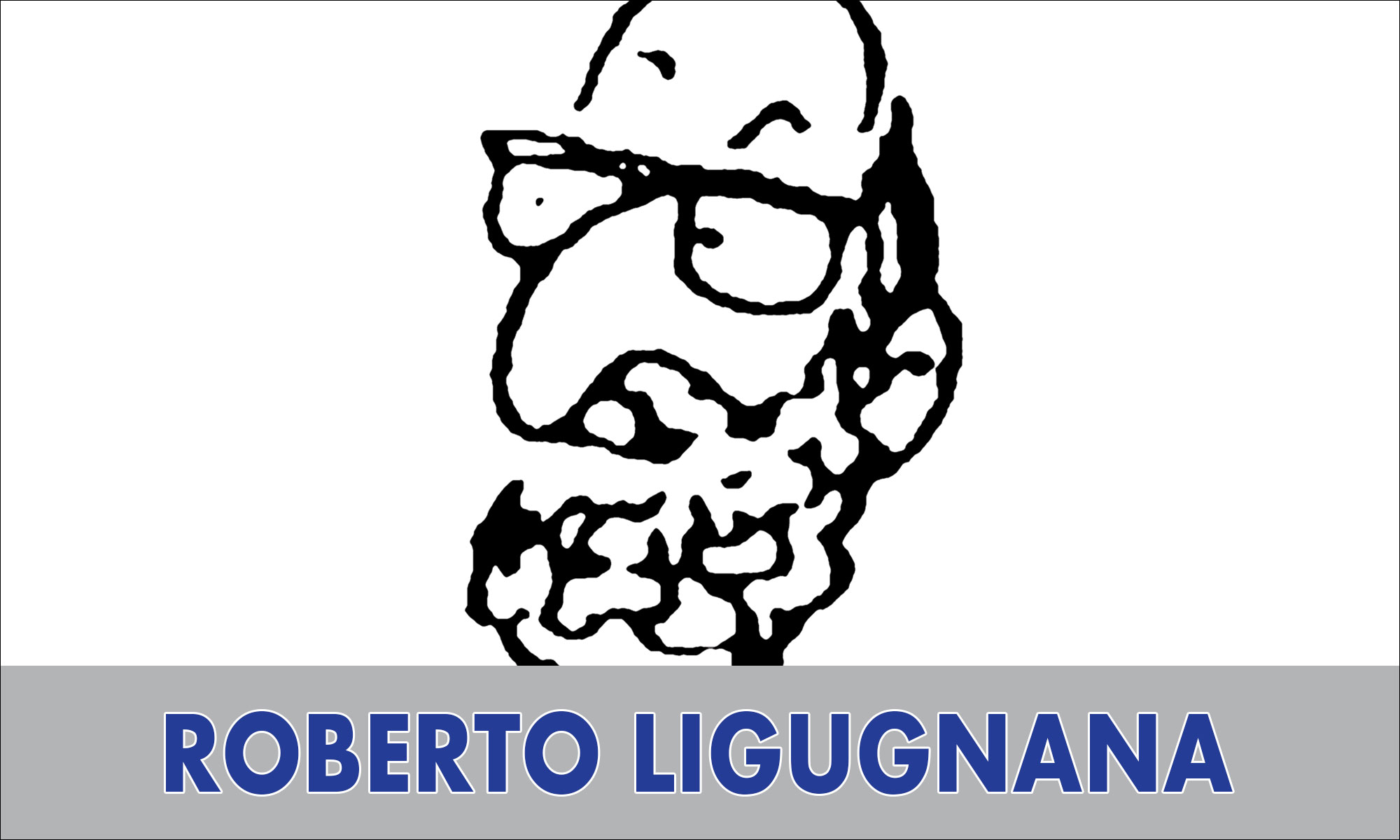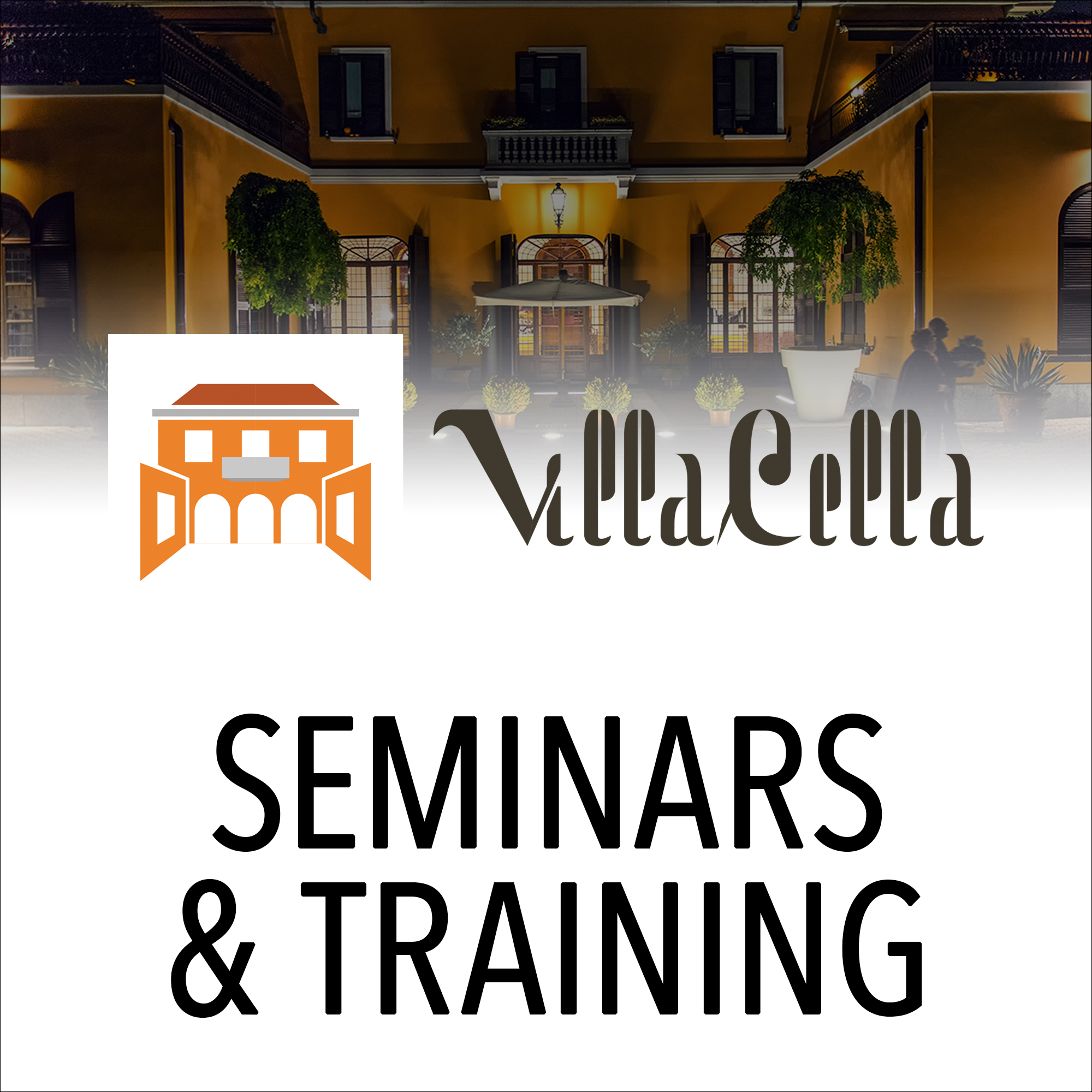Safety and laboratory rules in the chemical laboratory
Accidents in a chemical laboratory usually result from improper judgment on the part of the victim or one of his/her neighbors. Learn and observe the safety and laboratory rules listed below.
Every student must take an exam over these rules. You many not continue with the lab course until you have scored 100% on the exam, which you may take as many times as you need. Your lab instructor will explain the procedure for taking the exam.
1. Notify your instructor at once in case of any accident or personal injury to you or your neighbor, even if apparently minor. If your instructor is temporarily absent, notify the instructor in the adjoining lab, or one of the stockroom personnel. If you are asked to go see the nurse, you must go. Refusal to do so is grounds for being dropped from the course.
2. Wear safety goggles. Because the eyes may be permanently damaged by spilled chemicals and flying broken equipment, be sure to wear Z-87 safety goggles or safety glasses (State law) whenever anyone is working in the lab. The laboratories are equipped with eye wash fountains. Learn their location and how to use them the first day in the lab.
If you get anything in your eye, use the eye wash immediately, and then report it to your instructor. Use your hands to hold your eye open so that it can be rinsed thoroughly.
Note: Eye washing with a contact lens in place will not clear a splashed chemical from the eye. The contact must be removed for effective cleansing. It is advisable for those wearing contacts to switch to glasses for the lab period.
3. Locate safety equipment. During the first laboratory period familiarize yourself with the location and operation of the safety features of the laboratory, including:
- Safety shower
Use if your clothing catches on fire or a corrosive chemical is spilled on you in quantities that cannot be easily flushed away at laboratory faucets.
- Eye wash
- Fire extinguishers
-Fire blanket
- Laboratory first aid kits
- Spill cleanup kits
4. Know the ways to put out a fire.
a) If it is open fire, such as a large chemical spill on a lab bench, the correct extinguisher should
be used as follows:
n Pull the pin.
o Point the extinguisher (of dry) or hose (if CO 2 ) at the base of the fire.
p Squeeze the handle while moving the extinguisher back and forth.
NOTE: Be careful not to spread the fire by getting the nozzle of the extinguisher too close– the material being emitted is under pressure.
b) If it is a small, contained fire, such as in a flask or beaker, cover the container with a piece of ceramic, cutting off the supply of oxygen to the fire and thus putting it out. 2
5. Be careful when using glassware. Cuts and burns are the most common injuries that occur in
chemistry laboratories. Cuts can be prevented by following a few simple rules:
a) When inserting glass tubing into rubber stoppers, use the following procedure:
1) Make sure the glass tubing ends are fire polished.
2) Always use glycerin or soapy water as a lubricant both on the tubing and in the hole.
3) Protect your hand by wrapping the glass tubing with a towel.
4) Hold the glass near the end to be inserted, thus minimizing the torque, and insert using a twisting motion. Never hold the glass at a bend.
b) Fire polish all sharp edges of broken glass.
c) Discard cracked or broken glassware in the designated container.
d) Never heat heavy glassware such as graduated cylinders, suction flasks, or reagent bottles since they might shatter.
6. Wash chemicals from skin.
a) If you receive a chemical burn from a caustic material, i.e. acid or base, immediately wash the burned area with large quantities of water. Ask another student to summon the lab instructor.
b) Wash your hands and face quickly and thoroughly whenever they come into contact with a chemical.
c) Always wash your hands, before leaving the lab since toxic chemicals may be transferred to he mouth at a later time.
d) Chemicals spilled over a large part of the body require immediate action. Remove all contaminated clothing and use the safety shower, flooding the burned area. Do not use salves, creams, lotions, etc. Get medical attention.
7. Be careful with flames. A lighted gas burner can be a major fire hazard.
a) General Precautions:
1) The burner should be burning only for the period of time in which it is actually utilized.
2) Before lighting your burner carefully position it on the desk away from flammable materials, overhanging reagent shelves, flammable reagents such as acetone, toluene, and alcohol on neighboring desks.
3) Be careful not to extend your arm over a burner while reaching for something.
b) Personal Precautions:
1) Keep long hair tied back so that it cannot fall forward into a flame.
2) Keep beards away from flames.
8. Never point a test tube toward a laboratory neighbor or yourself when:
a) Heating a test tube over a burner.
b) Carrying out a reaction in a test tube.
9. Wear suitable clothing. Wear clothing that will protect you against spilled chemicals or flaming liquids. Hard-soled, covered footwear must be worn in the laboratory at all times–no sandals allowed.
10. Assume that a particular reagent is hazardous unless you know for sure it is not.
a) Never taste a chemical unless specifically directed to do so.
b) If you are instructed to smell a chemical, point the vessel away from your face and carefully fan the vapors toward your face with your hand and sniff gently.
c) Material Safety Data Sheets are available.
11. Never fill a pipet by using your mouth.
12. Assemble safe apparatus. Always assemble an apparatus as outlined in your instructions. Makeshift equipment and poor apparatus assemblies are the first steps to an accident.
13. Dilute concentrated acids and bases by pouring the reagent into water (room temperature or lower) while stirring constantly. Never pour water into concentrated acids; the heat of solution will cause the water to boil and the acid to splatter. To help you remember–”Do as you oughter, pour acid into water.”
14. Use the fume hoods. Any experiment involving the use of or production of poisonous or irritating gases must be performed in a hood.
15. Read the label. Read the label carefully, read it twice, before taking anything from a bottle. Many chemicals have similar names, such as sodium sulfate and sodium sulfite. Using the wrong reagent can spoil an experiment or can cause a serious accident.
16. Eating, drinking, and smoking are strictly prohibited in the laboratory at all times because of the possibility of chemicals getting into the mouth or lungs through contamination. The chief hazard with smoking is fire.
17. Avoid rubbing your eyes unless you know your hands are clean.
18. Do not put hot objects on the desktops. Place hot objects on a wire gauze or ceramic pad.
19. Never throw lighted matches into a sink. They may ignite a discarded flammable liquid.
20. Perform only authorized experiments. Unless authorized to do so by the instructor, a student will be subject to immediate and permanent expulsion from the lab if:
a) Attempting to conduct unauthorized experiments.
b) Attempting variations of the experiment in the lab manual Performing unauthorized experiments are dangerous. Students lack the experience to recognize whether or not the chemicals and techniques are safe.
21. Keep your workspace orderly.
a) Place tall items, such as graduated cylinders, toward the back of the workbench so they will not be overturned by reaching over them.
b) Clean up all chemical spills, scraps of paper, and glassware immediately.
c) Keep drawers closed while working and the aisles free of any obstructions, including chairs.
d) Never place coats, books, and other belongings on the laboratory bench where they will
interfere with the experiment and are likely to be damaged.
22. Clean up your workspace at the end of each laboratory period.
a) Wash and wipe off your desktop.
b) Be sure gas and water are turned off.
c) Return all special equipment to the stockroom.
d) Put everything back into your locker drawer and lock.
23. Avoid using excessive amounts of reagent.
a) Never use more than called for in the experiment.
b) Do not return any excess chemical to the reagent bottle; share it with another student or dispose of it according the in the instructions listed in #24.
c) If you are uncertain how to dispose of an excess of a specific chemical, consult your
instructor.
24. Discard waste chemicals as follows:
Waste Chemical Proper Disposal
a) Non-flammable water-soluble liquids Liquid Waste bottle
b) Chemical solids, contaminated paper, and Solid Waste bottle contaminated broken glassware
c) Paper products Trash can
d) Organic solvents Organic Waste bottle (Do not put acids in the organic waste bottle.)
e) Glass tubing waste or broken glass Broken Glass wooden box
25. Always add a reagent slowly–never “dump” in. Two reasons:
a) Some reactions give off a lot of heat, and unless adding slowly, can become too vigorous and out of control.
b) If you make a mistake and choose the wrong chemical, adding slowly decreases the possibility of causing a serious accident.
26. Treat chemical spills as follows:
a) Alert your lab neighbors and your instructor.
b) Clean up the spill as directed by your lab instructor.
27. Never fill a vessel more than about 70% capacity if you plan to heat it, unless specifically told to do so.
28. Never work in the lab without the instructor present. This includes setting up equipment.
29. Maintain a wholesome, businesslike attitude in the lab. Horseplay and other acts of carelessness are prohibited.
30. Be aware of your lab neighbors’ activities; you may be a victim of their mistakes. If you observe improper techniques or unsafe practices:
a) Advise your neighbor.
b) Advise your instructor if necessary.
31. Observe all specific precautions and modifications mentioned in each experiment.
32. Do not remove any chemicals from the lab.
33. For reasons of safety, you may not be allowed to attend lab if you are late.
Font: Palomar
http://www.palomar.edu/chemistry/docs/Safety_and_Laboratory_Rules.pdf

















